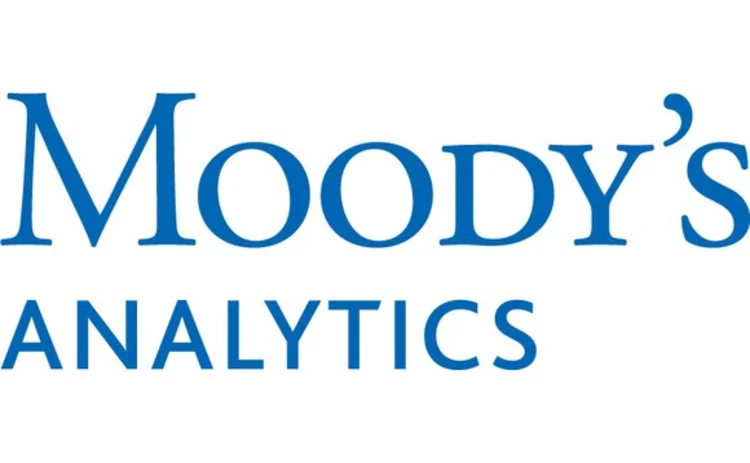
Sponsored statement: Moody's Analytics

Firms that persevered through the crisis had one thing in common: robust risk management infrastructure. Many firms that weren’t prepared are now playing catch-up – largely at the behest of regulators. But, beyond regulatory compliance, there is an opportunity for firms to reinvent their risk management practices in a way that creates opportunities to do business smarter, faster and with better outcomes. Here’s the blueprint:
Empower your risk management group
Start with giving your group risk function the authority and funding it needs to achieve its mission. Create the governance and internal institutions that can prospectively support the management of your risk strategy. This includes building an enterprise-wide policy and committee infrastructure to assess, quantify and monitor the full taxonomy of risks to which your firm is exposed.
Build a cross-functional risk infrastructure
The crisis revealed that silo-oriented risk management created irreconcilable data infrastructures. For example, while asset and liability management (ALM) data repositories capture capital markets data and instrument level bank data, they often lack detailed information regarding off-balance-sheet facilities, counterparty agreements, securities infor-mation and counterparty credit risk. Conversely, regulatory/Basel II implementations frequently lack the capital markets and instrument-level data necessary to forecast cashflows. Build an integrated architecture that warehouses cross-functional data to ensure consistent enterprise-wide risk quantification.
Understand the complex nature of risk
The crisis was a stark reminder that risks are deeply interrelated and are complex to understand. For example, the credit crisis demonstrated that ALM risk assessment was not sufficiently prospective. This is largely due to the fact that ALM has traditionally been focused on just interest rate risk. In order to address this inadequacy, a more holistic ALM paradigm that considers credit cashflows for both net interest income simulation and market value-based risk metrics is needed. In general, employ cutting-edge analytics to help you see beyond standard approaches to risk assessment.

Improve your stress-testing regime
We live in a global economy where macroeconomic factors change in the blink of an eye. Both regulators and shareholders expect you to understand the effect that volatile macroeconomic factors have on performance. They also expect banks to ensure there are sufficient capital and liquidity buffers in place to withstand sudden or systemic crises. Build a flexible and comprehensive stress-testing system to anticipate events before they occur.
Manage liquidity risk holistically
The crisis proved that effective liquidity risk management practices increase the likelihood that your firm will meet its cashflow obligations when they are due and at a reasonable cost. To ensure not just solvency and regulatory compliance, but also performance and stability, establish effective governance that measures and controls liquidity risk using forward-looking cashflow projections. In addition, establish tangible liquidity tolerances and limits, and create a scenario-based analysis that permits granular, drill-down opportunities to probe the effectiveness of different strategies.
Manage performance using funds transfer pricing
Funds transfer pricing is an internal measurement and allocation system that assigns a profit contribution to funds gathered, lent or invested by a bank – it is an indispensible tool for disaggregating the gross margin among the lines of business. Use it for facilitating risk transfer, profitability measurement, capital allocation and specifying business unit incentives.
Former chairman of the Federal Reserve Alan Greenspan wrote in 2004: “It would be a mistake to conclude that the only way to succeed in banking is through ever-greater size and diversity. Indeed, better risk management may be the only truly necessary element of success in banking.“
That statement is as true today as it was almost a decade ago.
View the article in PDF format
Sponsored content
Copyright Infopro Digital Limited. All rights reserved.
You may share this content using our article tools. Printing this content is for the sole use of the Authorised User (named subscriber), as outlined in our terms and conditions - https://www.infopro-insight.com/terms-conditions/insight-subscriptions/
If you would like to purchase additional rights please email info@risk.net
Copyright Infopro Digital Limited. All rights reserved.
You may share this content using our article tools. Copying this content is for the sole use of the Authorised User (named subscriber), as outlined in our terms and conditions - https://www.infopro-insight.com/terms-conditions/insight-subscriptions/
If you would like to purchase additional rights please email info@risk.net